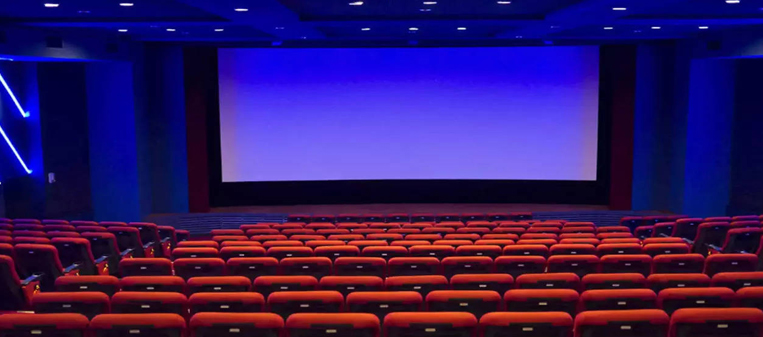As we step into a cinema theater, we are instantly transported to another world. The silver screen comes alive, enveloping us in captivating visuals and compelling storytelling. But there’s another crucial aspect that often goes unnoticed, yet plays a vital role in creating an immersive cinematic experience – acoustics. In this blog, we will dive into the world of cinema theater acoustics and explore how it enhances the magic of the movies.
1.The Impact of Acoustics on Cinema Experience
Acoustics refers to the science of sound and how it behaves in various environments. In the context of cinema theaters, acoustics directly influence how we perceive and experience sound during a movie. From the subtlest whispers to thunderous explosions, proper acoustic design can make every sound come to life, ensuring that the audience remains engaged and emotionally connected throughout the movie.
2. Importance of Sound System
The heart of cinema theater acoustics lies in its sound system. A high-quality sound system ensures that the audio reaches every corner of the theater with precision and clarity. Modern theaters employ surround sound systems, such as Dolby Atmos, which use multiple speakers to create a three-dimensional sound field, immersing the audience in a sea of sound.
3. Acoustic Treatments
To achieve optimal acoustics, cinema theaters are equipped with various acoustic treatments. These treatments include sound-absorbing materials on the walls, ceilings, and floors to reduce echoes and reverberations. Additionally, diffusers and acoustic panels strategically placed throughout the theater help disperse sound evenly, eliminating any dead spots and ensuring a consistent audio experience for everyone in the audience.
4. Isolation and Noise Control
To preserve the sanctity of the cinema experience, cinema theater acoustics also focus on noise control. The theater must be isolated from external noises, such as traffic, adjacent theaters, or mechanical equipment, to prevent distractions and maintain an immersive atmosphere. Specialized soundproofing techniques are employed to achieve this isolation, ensuring that the audience remains engrossed in the movie without any disturbances.
5. Balancing Sound Levels
An essential aspect of cinema theater acoustics is the proper balancing of sound levels. The audio should be loud enough to create impact during action scenes, but not too overpowering to drown out dialogues or delicate moments. Skilled sound engineers meticulously calibrate the sound system to strike the perfect balance, enriching the cinematic experience for all moviegoers.
6. Accessibility Considerations
Inclusivity is vital in cinema theater design. Acoustics play a crucial role in ensuring that individuals with hearing impairments can also enjoy the movie. Theaters equipped with assistive listening devices, closed captioning systems, and induction loops offer an inclusive experience for everyone, regardless of their hearing abilities.
Cinema theater acoustics form the invisible thread that weaves together the magic of the movies. By employing cutting-edge sound systems, acoustic treatments, noise control, and accessibility considerations, theaters can deliver an unparalleled cinematic experience to their audiences. So, the next time you step into a cinema, take a moment to appreciate the intricate world of acoustics that enhances the storytelling and brings the silver screen to life.

